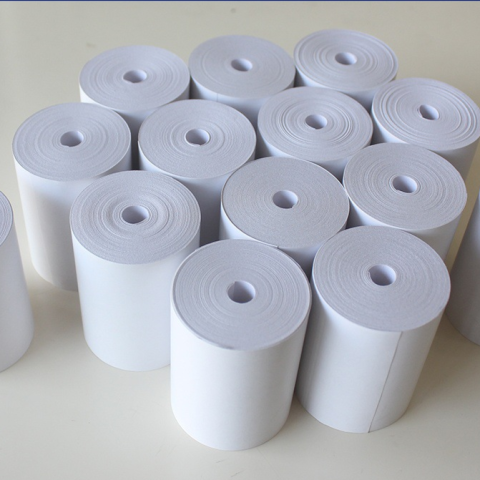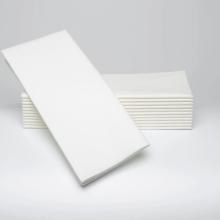
Thermal paper is a special type of processed paper that is coated with a thermally sensitive chemical coating that chemically reacts to change color when heated. This change is based on temperature and time, when the print head of a thermal printer is heated to a specific temperature in contact with the coating on the paper, the corresponding text or image will be generated.
Features
- Instant color development: no need for ink or other chemicals, just heat for fast printing.
- Convenient and efficient: when using a thermal printer, it is easy to operate and low maintenance costs, low noise, and fast printing speed.
- thin and portable: thermal paper is usually thinner and lighter than ordinary paper, suitable for a variety of mobile devices and small machines.
- Clear record: the printout of the text or pattern is clearly visible, especially suitable for ticket printing such as cash registers print tickets, POS system bills, fax machines to receive documents.
- Storage limitations: thermal paper printed content due to environmental factors, such as prolonged exposure to high temperatures, strong light, may lead to fading or blurred handwriting, so the long-term preservation is relatively poor.
Applications
- Commercial and retail industry: supermarket cash register slips, product labels, courier receipts, restaurant order forms, etc.
- Financial industry: ATM machine transaction vouchers, bank counter business receipts, etc.
- Medical industry: medical equipment printing results, such as electrocardiogram reports, blood test labels, etc.
- Transportation industry: ticket and boarding pass printing in public transport ticketing system, etc.
- Communication industry: fax paper used in fax machines.
- Logistics and warehousing: inventory management labels, parcel tracking information labels, etc.




